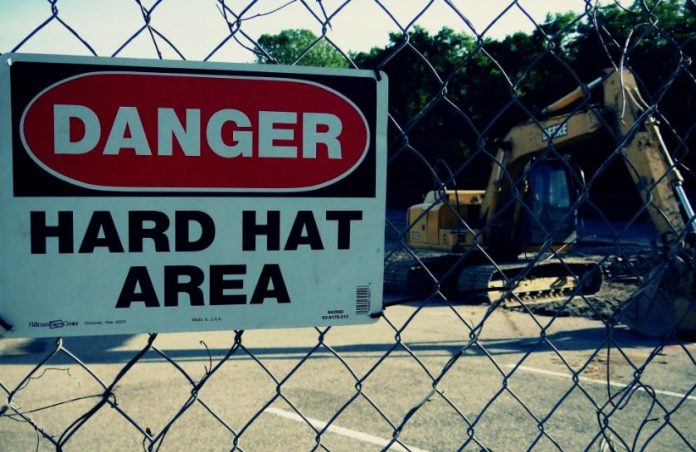You may think they’re uncomfortable, uncool and at times unnecessary. If you’re required to wear a hard hat every day on the job but you’ve yet to experience a blow to the head, you may be tempted to forget it every once in awhile; but data shows that 1,000s of workers sustain head injuries on the job each year. If you or your employees are at risk for head injuries, it’s important to know when to helmet up and what type of protection is right for your setting.
When Do You Need A Hard Hat?
To help you make sure you’re safe on the job, the Occupational Safety and Health Administration (OSHA) sets specific guidelines on employee head protection. OSHA tells us that workers must wear a protective helmet when working in areas where there is a potential for injury to the head from falling objects. Workers must also wear a protective helmet designed to reduce electrical shock hazards where there is potential for electric shock or burns. Wearing a hard hat can also reduce the impact from striking low overhead objects.
What Type of Hard Hat Do You Need?
Helmets need to offer a trifecta of protection—OSHA tells us—which includes: resisting penetration, absorbing the shock of a blow and protecting against electrical shock. Protective helmets also need to comply with the American National Safety Institute ANSI Z89.1 standard. Helmets that meet ANSI Z89.1 requirements are classified as Type I for top protection or Type II for lateral impact protection. Both types are tested for impact attenuation and penetration resistance. According to ANSI, Type II helmet requirements also include criteria for impact energy attenuation from impacts from the front, back and sides as well as the top; off-center penetration resistance, and chin strap retention.
To help you decide what type of helmet you need, ANSI also separates helmets by the following classes:
– Class A helmets provide electrical protection from low-voltage conductors (less than 2,200 volts).
– Class B helmets provide electrical protection from high voltage conductors (less than 20,000 volts).
– Class C helmets provide only impact and penetration protection and since they are usually made of aluminum, which conducts electricity, that should not be used around electrical hazards.
Selecting and wearing the right protective headwear can help you stay safe on the job. At Working Person’s Store, we offer a wide variety of hard hats. If you’re looking for special features like Occunomix cooling pads, we can help. We also carry many different designs—from classic to cowboy—so you can find the one that’s right for you.




